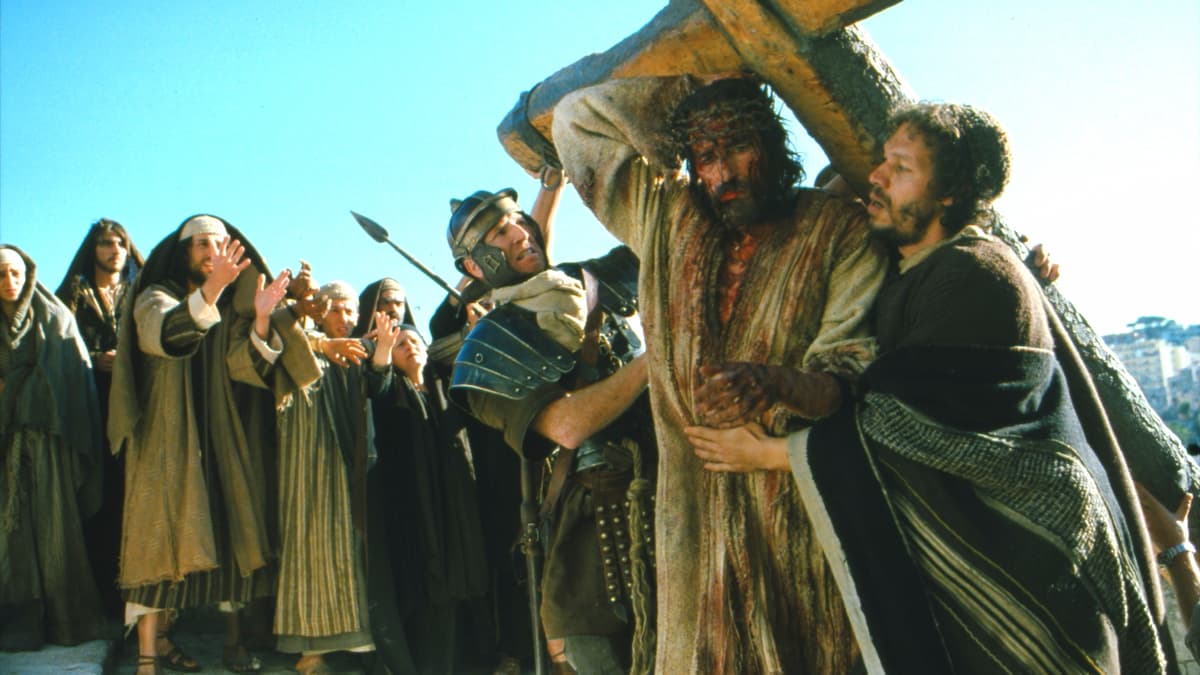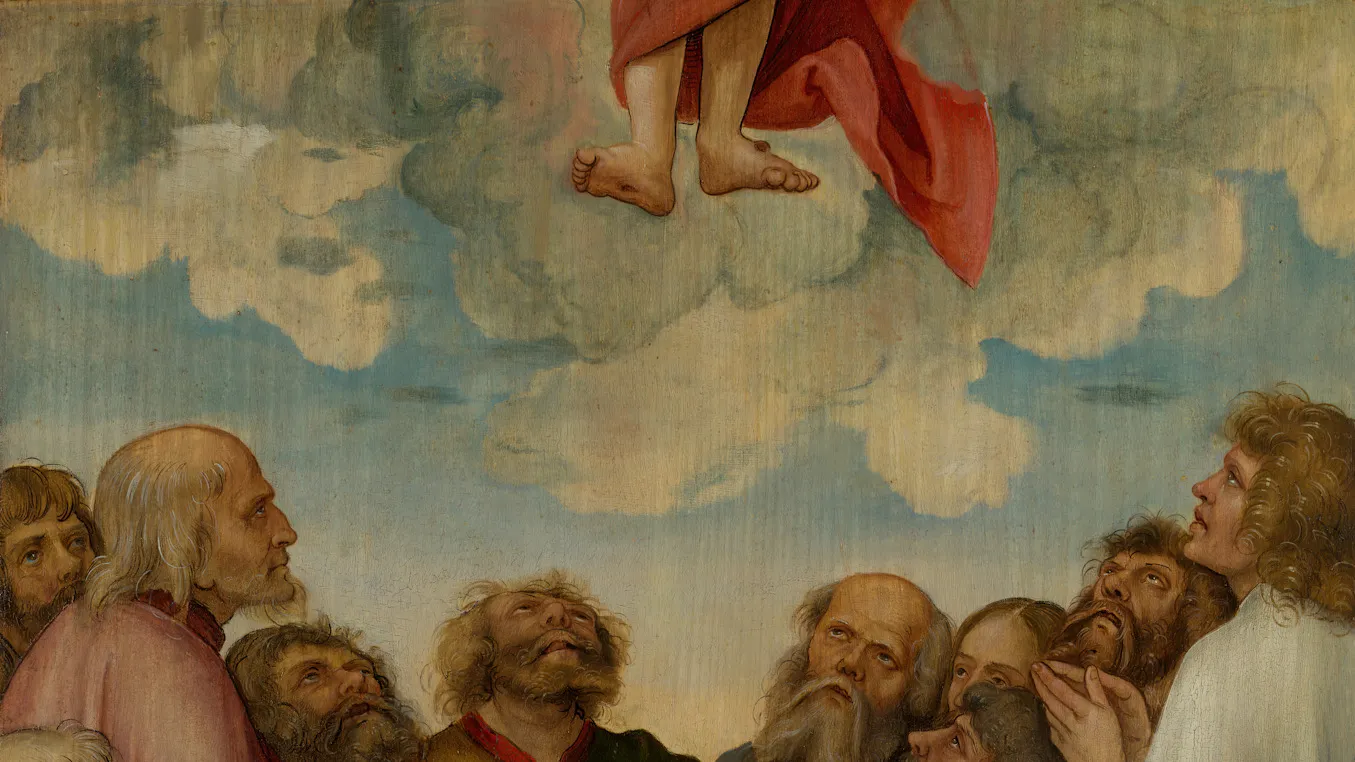Even if you’re not particularly religious, we all at least somewhat know the story of Jesus Christ, his crucifixion, and subsequent resurrection. However, people tend to lose interest after that part, so what happened to Jesus after the resurrection?
What does the New Testament say?
So; on the third day after Jesus’ crucifixion an earthquake hit which marked the arrival of an angel who rolled the stone door to his tomb out of the way; this was witnessed by Roman guards. Then, a very shocked Mary Magdalene arrives at the Tomb only to be met by an angel who informs her that Christ is back. She runs to fetch Peter and John and when they reach the tomb they find him alive and well. This part is mostly well known, but what did Jesus and the disciples do afterwards?
The 40 days after the resurrection
Jesus stuck around on earth for 40 days after his resurrection and there are numerous stories in the New Testament where he appears to his disciples. In one instance he joined two of them traveling to Emmaus. They didn’t recognise him at first, but nonetheless when they arrived at their destination they invited him to join them for dinner, it wasn’t until he blessed the bread they were eating that they realized who they had been traveling with.
His last 40 days on earth were mostly spent appearing to random people and disciples just like the two on their way to Emmaus. The New Testament has a number of similar stories, some where he appears to a few disciples, others involve him appearing in front of massive crowds. His final appearance was to the 12 apostles, but obviously now they were one down because of Judas’ betrayal and subsequent death; in the Bible they are referred to as “the eleven.” Jesus left them a series of instructions including to preach the gospel and wait for the holy spirit in Jerusalem.
The Ascension
At the end of the 40 days, after he had left his instructions to his disciples, Jesus left earth for good this time, ascending to heaven. On the fiftieth day after his resurrection, the holy spirit came down on the disciples in the form of fire, they were filled with the holy spirit and, as Jesus had instructed, they began spreading the teachings of Christ. The day this happened is still celebrated today, it is known as the Pentecost.
So that’s the cliff notes version of what Jesus and his disciples were doing post-resurrection. The time between the resurrection leading up to the Pentecost marks the beginning of the church’s mission to spread Christianity and it’s pretty interesting to learn about, even if you’re not particularly religious.













Published: Mar 29, 2024 04:17 pm